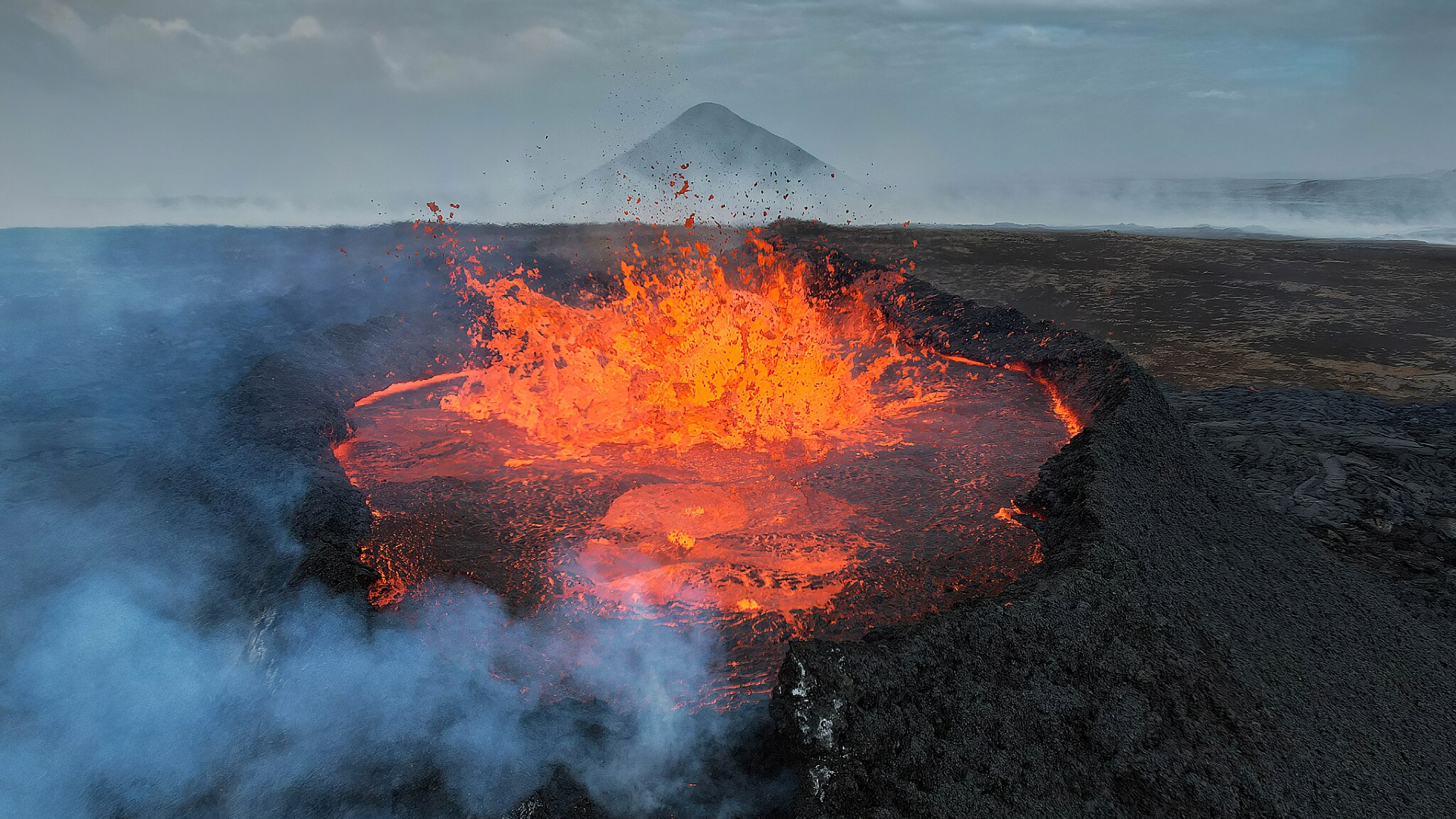The Toba Supereruption: A Catastrophe That Shaped Humanity
About 74,000 years ago, Earth experienced one of its most powerful volcanic eruptions—the Toba supereruption. This event, centered in modern-day Indonesia, spewed enormous amounts of ash and volcanic glass across the globe. Archaeologists now study this volcanic glass to uncover how early humans managed to survive one of the most catastrophic events in the last 2.5 million years.

Unveiling Ancient Survival Strategies Through Volcanic Glass
Researchers analyze tiny shards of volcanic glass preserved in archaeological sites to trace the impact of the eruption on ancient human populations. These studies reveal that some communities adapted by changing their diet, migrating to new regions, or innovating new tools. The widespread ash cloud from Toba caused dramatic climate changes, leading to colder temperatures and reduced sunlight. Despite these harsh conditions, early humans displayed remarkable resilience.
Understanding how our ancestors survived this supereruption gives us insight into human adaptability and resourcefulness. Archaeologists continue to dig deeper, using cutting-edge technology to learn more about the challenges faced by early societies during this turbulent time.